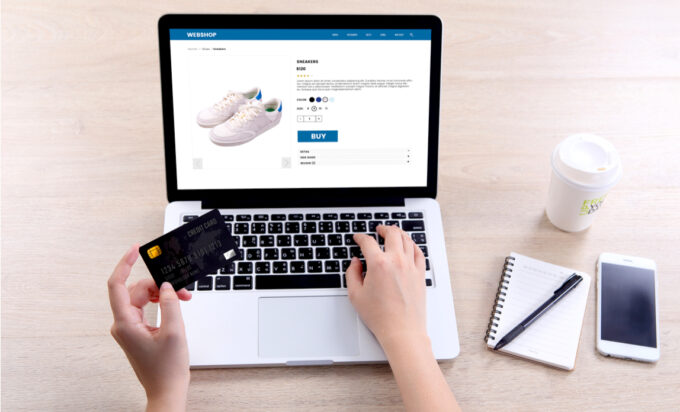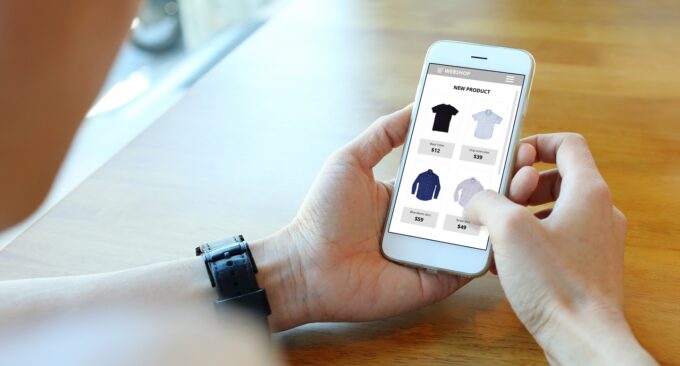Omnichannel is the key word for businesses this year. Partly as a result of the pandemic, customers now expect to be able to have access to the same amount of services and payment options online as they would in the physical environment. Merging the online and offline experience is, for retailers, one of the most important things that they can do to continue to grow and thrive in the new climate.
Although it may seem daunting, below are some tips to incorporate into your omnichannel strategy – and none require advanced technical knowledge to successfully pull off.
Upgrade Your Website

Source: digitalmarkgroup.com
Let’s start with the basics: you’re going to need a high quality website. This may seem daunting, but there are plenty of website building services on offer that allow you to easily craft a user friendly website. Many of these services have easy to use interfaces, so even if you have no experience at all in website building, you can achieve the perfect online store for your business using professional grade templates and drag and drop functions.
Have a look at www.top10.com/website-builders/reviews/registercom for options on the platforms, prices, and features of various website builders.
It’s important to add an integrated ecommerce element to your website, as well as ensuring that its mobile responsiveness is optimized – website building services usually facilitate the smooth incorporation of these vital elements into your online presence, too.
Instore Interactive Screens
To fuse online and in person customer service provision, consider installing interactive touchscreens inside your store. These allow customers to check, for example, the availability of items, different ranges, delivery information, and to read reviews. They’re a great way to drive up consumer engagement, and save space, too: you don’t necessarily have to have every item in a range on display in the shop floor if they can be viewed via an interactive screen.
Interactive storefronts are a similar innovation that you may want to think about incorporating into your physical premises, too. The idea with an interactive storefront is that, even when the shop is closed, potential customers can view and order items via the touchscreen, so key ‘walk in’ sales aren’t missed out of hours. Your physical store is, effectively, open around the clock.
Offer Click and Collect

Source: mypellau.com
Another great way to merge your physical and online business presence is to offer click and collect for customer purchases. This is an easy add to your website that could drive sales up by 11%, some studies have shown. Click and collect gives your customers the convenience of not visiting a store only to find an item is out of stock, and is really useful for those wanting to get hold of their purchases quickly.
For business, although there is an initial cost to set up a click and collect system, this is usually quickly mitigated by both increased orders and the saving of resources as a result of not needing to fulfil delivery. In instances where an item is out of stock at one store, click and collect also means that the sale is often not lost in cases where it’s available at a different branch. Lastly, there is the potential that customers coming to collect their item will make other purchases while doing so. The click and collect market in the UK is forecast to be worth £10 billion within the next two years.
Rethink Your Returns Policy
The returns policy, such as this www.bigcommerce.com/blog/create-a-returns-and-exchanges-policy-that-sells/ can be the only downside for customers choosing to shop online; it’s often a hassle. In general, customers prefer returning items in store.
Create opportunities for upselling and cross-selling by updating your returns policy to allow customers who have purchased goods online to return them in store, rather than by post or courier. Technically, there is no need for any advanced knowledge to make this happen and, practically, it could simply be a matter of training staff to administer the new policy. Crucially, make the most of the customer coming into your store to complete their return – it could be the first time they have visited the premises. Train staff in selling techniques in order to increase the likelihood of the return turning into a new sale.
Point of Sale Platforms

Source: newscentre.vodafone.co.uk
Integrating point of sale facilities is crucial when it comes to maximizing customer experience and merging your online and offline stores. It’s easy, too: there are numerous apps available for businesses to instal that will do all the set-up work for you.
A point of sale platform can be incorporated into your online shop as well as into your physical store: typically, it offers the customer all of the point of sale facilities they would expect when visiting a website, and can be used to process payments, and issue refunds, for example. For businesses, a compelling advantage is that the system also allows them to manage their inventories, and is imminently scaleable, as it’s not tied to a physical site.
A Winning Combination
An omnichannel business will always have an edge over its competitors: customers both expect and want the facilities that this model provides, while, for business, it offers important benefits for increasing sales and upselling, optimizing customer engagement, and brand building.
The examples given above are some simple ways to get started in terms of synching your online and offline stores: from the digitalization of manual processes, to generating sales through returns, to allowing customers to make purchases when your store is closed, any one of these initiatives has the potential to be game changing for your business.







